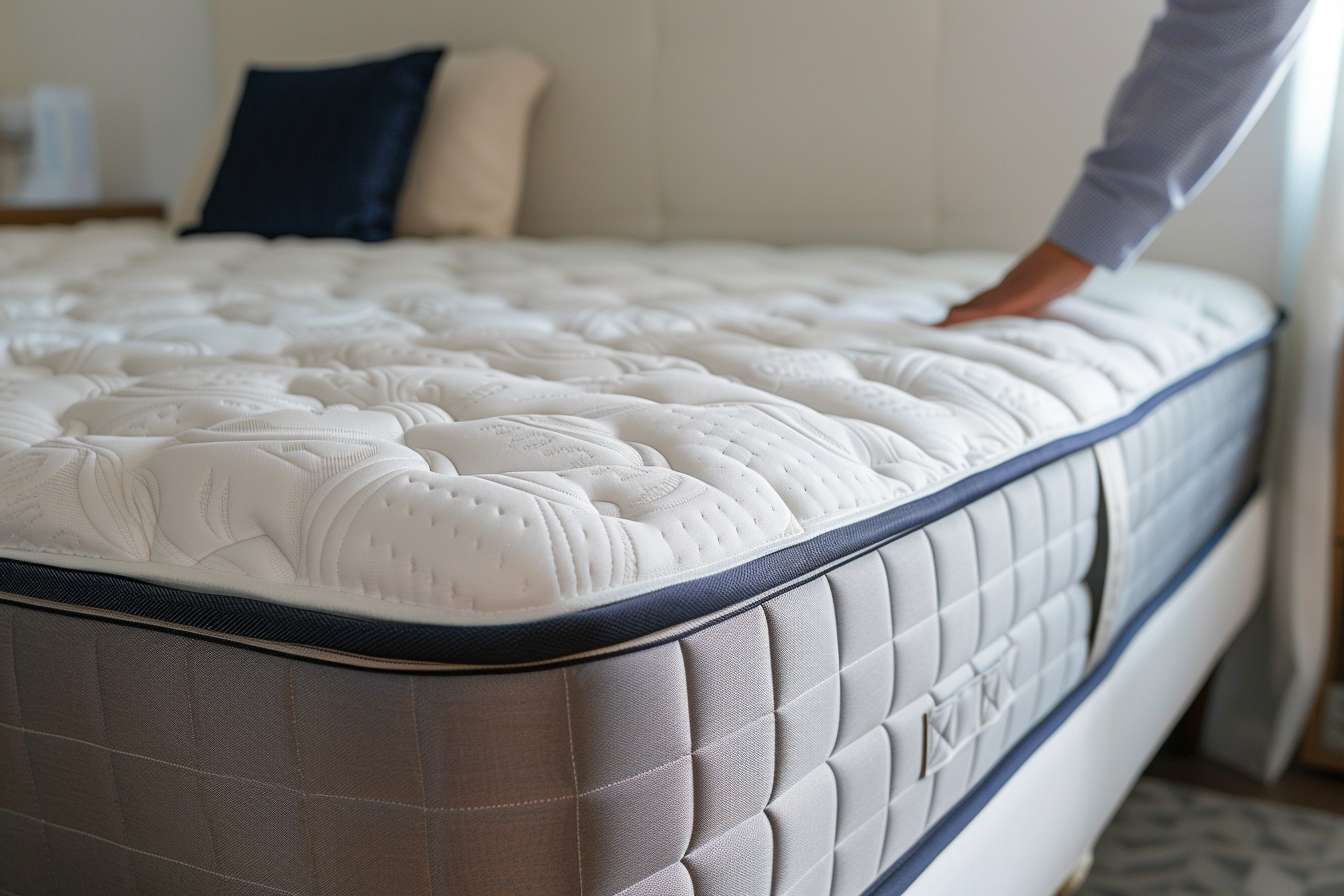Complete Guide to Mattress Types and Buying Options
Choosing the right mattress can significantly impact your sleep quality, health, and overall well-being. With numerous mattress types available in today's market, understanding the differences between materials, construction methods, and purchasing options helps ensure you make an informed decision that suits your specific needs and budget.

What Are the Best Mattress Types Available?
The mattress industry offers several distinct types, each designed to address different sleep preferences and physical requirements. Memory foam mattresses conform to your body shape, providing excellent pressure relief and motion isolation. These mattresses work particularly well for side sleepers and couples who don’t want to disturb each other during sleep.
Innerspring mattresses feature coil support systems that offer strong support and breathability. Traditional innerspring models provide a bouncy feel that many sleepers prefer, especially those who sleep on their backs or stomachs. Hybrid mattresses combine memory foam or latex layers with innerspring coils, delivering both contouring comfort and responsive support.
Latex mattresses, made from natural or synthetic rubber, offer durability and natural cooling properties. They provide responsive support without the sinking feeling that some people experience with memory foam. Additionally, adjustable air mattresses allow you to customize firmness levels on each side of the bed, making them ideal for couples with different preferences.
How Do I Choose the Right Mattress Type for My Needs?
Selecting the appropriate mattress type depends on several personal factors including sleep position, body weight, temperature preferences, and any specific health considerations. Side sleepers typically benefit from softer mattresses that contour to the body’s curves, such as memory foam or softer hybrid models. Back sleepers generally need medium-firm support to maintain proper spinal alignment, while stomach sleepers require firmer surfaces to prevent their hips from sinking too deeply.
Your body weight also influences mattress selection. Heavier individuals often need firmer, more supportive mattresses to prevent excessive sinking, while lighter sleepers may find softer options more comfortable. Temperature regulation is another crucial factor - hot sleepers should consider innerspring, latex, or hybrid mattresses with cooling technologies rather than traditional memory foam.
Consider any health issues or physical discomfort you experience. Those with back pain may benefit from medium-firm mattresses that provide adequate support, while people with joint pain might prefer pressure-relieving memory foam. Testing mattresses in person when possible, reading verified customer reviews, and understanding return policies can help ensure your chosen mattress meets your specific requirements.
What Are the Most Common Mattress Financing Options?
Many retailers offer various financing solutions to make mattress purchases more manageable. Zero-percent financing plans allow you to pay for your mattress over several months without interest charges, typically ranging from 6 to 48 months depending on the retailer and purchase amount. These plans often require good credit scores and timely payments to maintain the promotional rate.
Traditional installment financing through third-party companies provides another option, though these arrangements may include interest charges. Some popular financing providers work with multiple mattress retailers to offer flexible payment terms. Buy-now-pay-later services have become increasingly common, allowing customers to split purchases into smaller payments over shorter periods.
Credit card purchases offer additional flexibility, especially if you have cards with promotional financing offers or low interest rates. Some mattress companies also provide lease-to-own programs, though these typically cost more over time. Additionally, many employers offer employee purchase programs that provide discounts on mattresses and other home goods.
| Mattress Type | Popular Brands | Price Range | Key Features |
|---|---|---|---|
| Memory Foam | Tempur-Pedic, Nectar, Purple | $300-$3,000 | Pressure relief, motion isolation |
| Innerspring | Sealy, Serta, Beautyrest | $200-$2,500 | Bouncy feel, good airflow |
| Hybrid | Saatva, Helix, DreamCloud | $500-$4,000 | Balanced support and comfort |
| Latex | Latex for Less, PlushBeds | $600-$3,500 | Natural materials, durability |
Prices, rates, or cost estimates mentioned in this article are based on the latest available information but may change over time. Independent research is advised before making financial decisions.
Understanding mattress warranties and trial periods also impacts your purchase decision. Most quality mattresses come with warranties ranging from 10 to 25 years, covering manufacturing defects and premature sagging. Many online retailers offer sleep trials lasting 90 to 365 nights, allowing you to test the mattress in your home environment before committing to the purchase.
The mattress buying process has evolved significantly with the growth of online retailers and bed-in-a-box companies. These businesses often provide competitive pricing by eliminating showroom overhead costs, though traditional brick-and-mortar stores still offer the advantage of physically testing mattresses before purchase. Consider your preferences for shopping experience, delivery options, and customer service when choosing between online and in-store purchases.
Quality sleep is essential for physical health, mental well-being, and daily performance. Investing time in researching mattress types, understanding your personal needs, and exploring financing options ensures you find a sleep solution that serves you well for years to come. Remember that the most expensive mattress isn’t necessarily the best choice - focus on finding the right combination of support, comfort, and value that matches your individual requirements and budget constraints.




